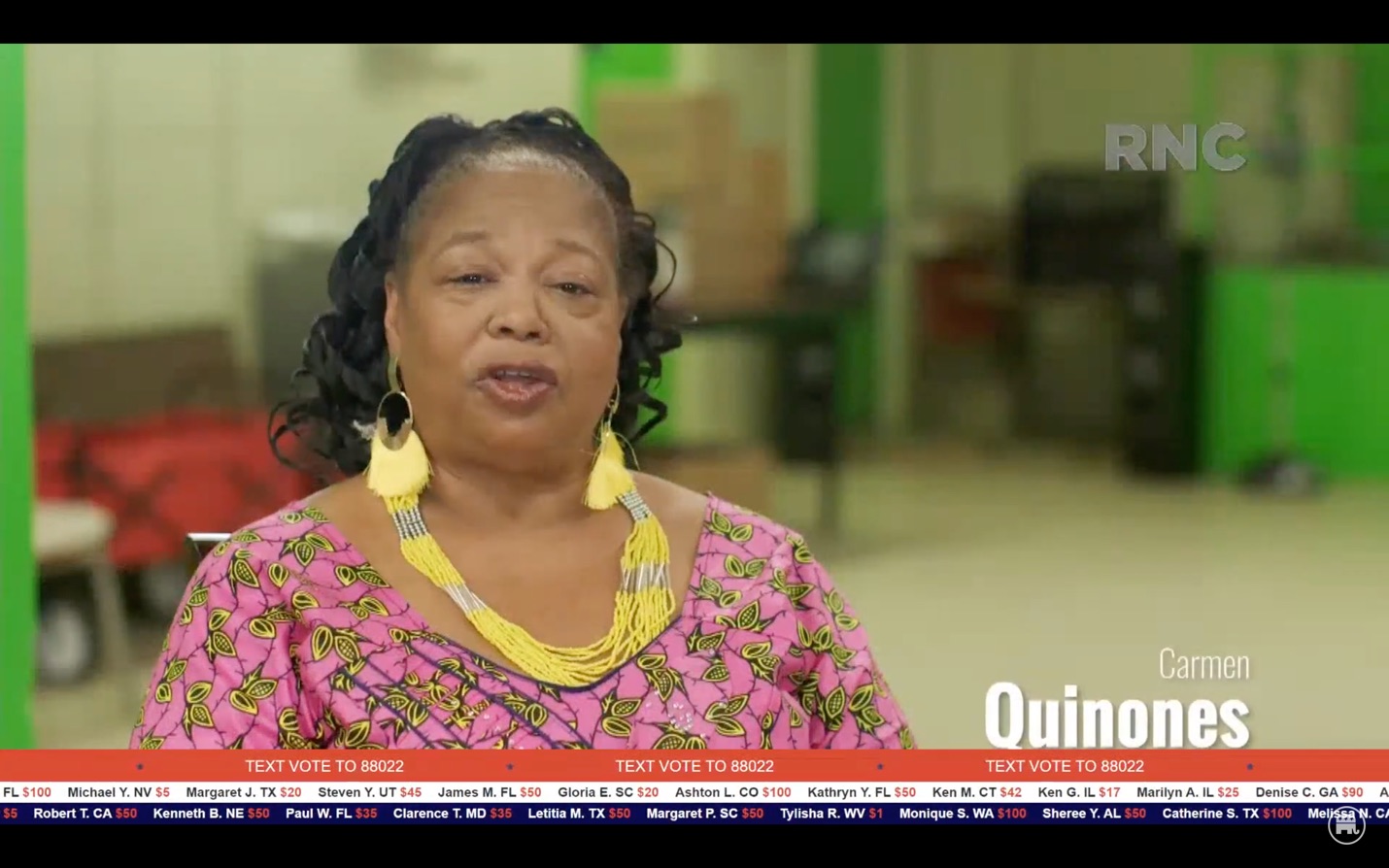Tenant leaders reject Housing Authority’s latest funding proposal
After seven mayors, 10 presidents and more than 50 years of living in the Frederick Douglass Houses on Manhattan’s Upper West Side, Carmen Quiñones says she’s fed up with political leadership’s handling of public housing.
Quiñones, a Democrat, recently announced her candidacy for the 2021 election for City Council District 7. She hopes more of New York City Housing Authority’s 600,000-plus residents do the same.
“We need new leadership, and we need to start running for these offices,” she said in a phone interview. “We can’t stand by and let people do things for us because what they’re doing is selling us down the drain.”
Quiñones is the tenant association president for her development, which includes17 buildings, 2,054 apartments and roughly 3,000 residents.
She and other NYCHA tenant leaders appeared in a video featured at the Republican National Convention in August. Quiñones didn’t care for the finished product – a two-and-a-half minute video that just praised President Donald Trump and bashed Mayor Bill de Blasio but said her intention was to reach as wide an audience as possible. She said that her decision to appear at the Republicans’ event stemmed from her frustration with Democrats, who she say have ignored the needs of public housing residents.
“I did it because I really needed a national platform for public housing,” she said. “Sometimes you’ve got to take a chance, and I’m a chance taker.”
She said the final video cut discussions of equity, Section 3 housing and 964 regulations – federal codes that pertain to resident involvement in decision making for public housing.
She said the video also left out her opinions on NYCHA’s proposed “Blueprint for Change,” a new system of property management that when combined with concepts from the NYCHA 2.0 plan would convert thousands of NYCHA units into public-private partnerships.
NYCHA’s Citywide Council of Presidents Chair and Jackson Houses tenant president Danny Barber applauded Quiñones’s decision to run and said he didn’t know much about the Blueprint for Change before it was proposed in July.
“Things were thrown around, but as to say to map out the whole plan, no,” said Barber in a phone interview. “You can honestly say the residents went into this one blind.”
Quiñones and Barber were among some two dozen NYHCA residents who held a rally in front of the Adam Clayton Powell Jr. State Office Building in Harlem in August, just days before the convention, to protest the Blueprint for Change. Critics argue the proposal would move all public housing to private ownership by private investors and banks, eliminating tenant housing vouchers and resulting in mass evictions of NYCHA residents.
In an email, NYCHA spokeswoman Barbara Brancaccio said NYCHA held multiple briefings and virtual town halls for residents and development leaders to inform them about the blueprint.
Webster/Morrisania Houses tenant president Gwendolyn Primus said residents are often left out of major discussions and sees the positives of TA presidents running for office.
“If they have done positive things for their residents first and foremost and their outreach was beyond their own development, then go for it,” said Primus in a phone interview.
Morris Houses resident Barbara Holmes agreed NYCHA residents need a stronger voice in government, but she appreciates her local representatives who she said help provide funding for basketball courts, senior citizen services and community development groups such as BronxWorks and Save Our Streets.
“My city council people in the Bronx, they do us pretty good,” she said in a phone interview. “I have (city council members) Vanessa Gibson and Raphael Salamanca Jr. The things that we ask for, we basically get.”
“I’m lucky. It’s not like that for a lot of people.”

